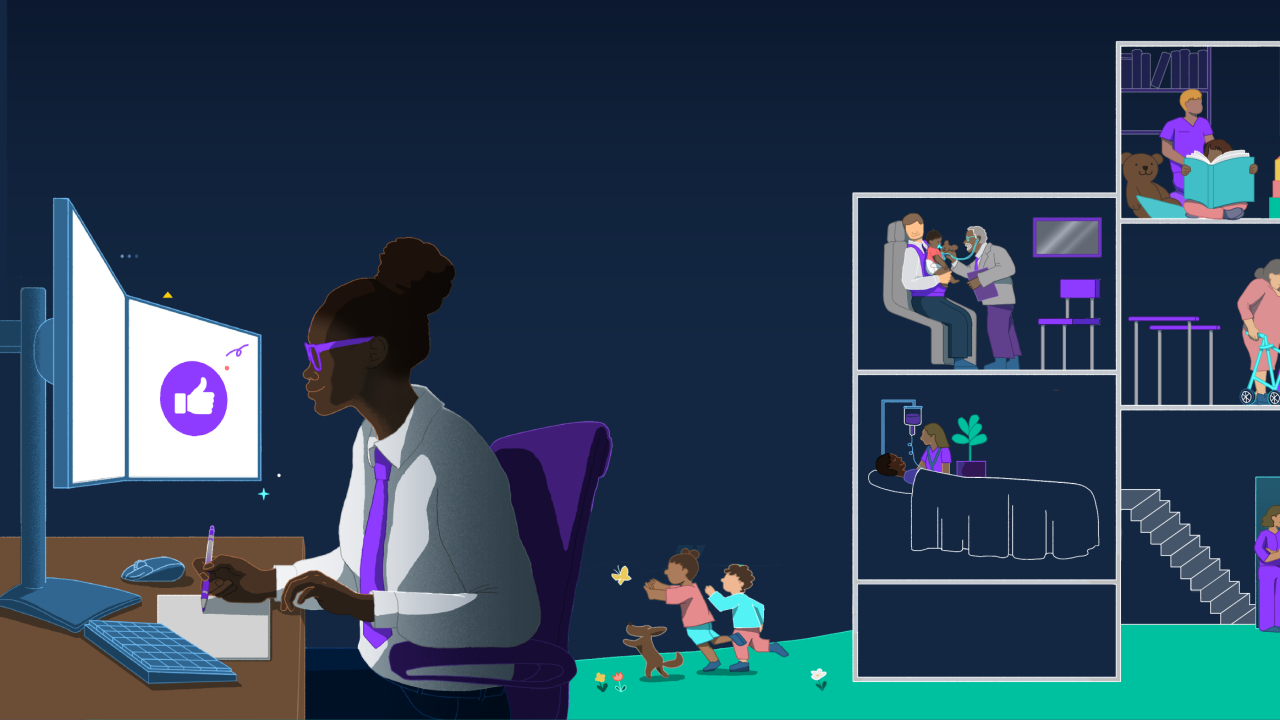Skin and breast cancers have a high survival rate when caught early. Color Health has just made
Color has partnered with SkinIO, a skin screening platform that allows people to do a full body skin exam at home with their cell phone, and Bexa, which provides pain-free breast exams conducted by a technician with a machine that can be brought to any on-site office or event. The Bexa exam takes 30 minutes and yields immediate results; the SkinIO exam takes 10 minutes and is sent to a dermatologist for review.
"Screenings for these cancers require huge amounts of time and a fair amount of inconvenience for people," says Othman Laraki, CEO of cancer care management platform Color Health. "Access and simplicity are the dominant variables for cancer management and with both skin and breast cancer."
Read more:
Nearly 10,000 people are diagnosed with skin cancer every day, according to the American Academy of Dermatology, and the American Cancer Society estimates that more than 300,000 women will face an invasive breast
Yet data from the Prevent Cancer Foundation shows that one third of women over 40 are
Read more:
Additionally, incorporating technology makes screening more accessible for employees, and gives employers an opportunity to further educate their workforce on early intervention. Along with preventive and comprehensive cancer care, Color also provides educational resources such as webinars, reading material and more for workforce populations.
"SkinIO uses technology to turn [skin cancer screenings] into a digital-first experience, which dramatically changes the access equation," Laraki says. "Building out technology like this enables additional benefits: There is much less friction, it is less expensive, you can have higher frequency [of screenings] and [track progression]."
Laraki advises employers to focus on season-specific tips and topics, too: For example, sunscreen education as summer approaches. The average person's risk for melanoma doubles after five sunburns, according to the Skin Cancer Foundation, but using sunscreen with an SPF of 15 or higher on a daily basis can cut the risk of developing melanoma in half. Providing sample sizes of sunscreen is an additional step employers can take to reinforce their commitment to employee health.
Read more:
ERGs or tapping into specific groups within a workforce can also be a beneficial way to advance education and action around preventive care. For example, if women on a team come together to get their mammograms done, employer efforts become far more effective, he says.
"With cancer, it feels more random than a lot of other health issues we run into," Laraki says. "We can change the odds in a material way, and that's empowering. When [employers] try to make this less of a hassle, those decisions are very meaningful."






